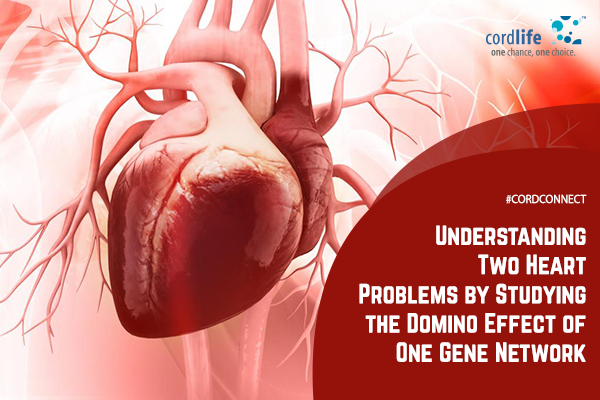Table of Contents
The main function of cardiomyocytes, the heart muscle cells is pumping blood to other organs of the body. However, they can also carry genetic instructions and function as a nerve cell, liver cell, intestinal cell or any other cell type in the body.
Dr. Deepak Srivastava says, “At the moment in time that the fetal heart begins to develop, master switch proteins, called transcription factors, act like the first tile in an extremely complex pattern of dominos and set off a chain of events which lead to the activation of heart muscle specific genes in cardiomyocytes as well as the silencing of genes important for the development other cells types.”
The process creates functioning hearts in over 355000 babies born every day. However, it is not entirely flawless and often leads to heart defects. It’s noticed that almost 1% of babies are born with heart defects.
Gladstone Institutes scientists have studied a family with a history of heart defects in order to understand how gene network acts in a wrong way that may cause heart defects and even heart diseases in the later stages of life. In 2003, the family consulted Deepak Srivastava, the head of the cardiovascular institute at Gladstone. Their problem was critical and rare. Half of the kids in the family were born with a hole in the wall between the two chambers of their hearts.
After an analysis, the Gladstone team found that all the children, born with a hole in the wall, had a mutation in their GATA4 gene. It leads to a heart transcription factor protein. All the children developed a heart disease such as poor heart pumping after seven years. Even though the two heart diseases were not directly related, however, Srivastava’s team believed that GATA4 mutation was responsible for both.
The team was eager to fissure out how the GATA4 mutation could lead to the two heart problems. In the process, they collected skin samples of the children and created cardiomyocytes. They also collected samples from their healthy siblings, so that they could conduct a comparative analysis in the laboratory. All the tests showed that the cells with GATA4 mutation demonstrate weakened function in comparison with the healthy cells.
The team also examined how the GATA4 protein interacted with protein TBX5. It’s seen that both the proteins control genes by interacting and binding to DNA. The study showed that in the cells with damaged GATA4, protein TBX5 did not tie well with the DNA. The team also found that GATA4 mutation creates an obstacle in the interaction with TBX5, so the non-heart specific genes cause more disturbances in cardiomyocyte development.
Deepak Srivastava stated, “By studying the patients’ heart cells in a dish, we were able to figure out why their hearts were not pumping properly. Investigating their genetic mutation revealed a whole network of genes that went awry, first causing septal [heart wall] defects and then the heart muscle dysfunction.”
GATA4 and TBX5 are the first domino tiles that belong to an intricate network of genes. So thinking of a treatment with these proteins would not be practical. Moreover, if they are blocked, they might lead to a worse situation. So, finding a medicine that would impact a particular set of GATA4/TBX5 actions might lead to a new therapy to cure heart diseases.
Yen-Sin Ang, the first author on the report, said, “It’s amazing that by studying genes in a two-dimensional cluster of heart cells, we were able to discover insights into a disease that affects a complicated three-dimensional organ. We think this conceptual framework could be used to study other diseases caused by mutations in proteins that serve as master regulators of whole gene networks.”
